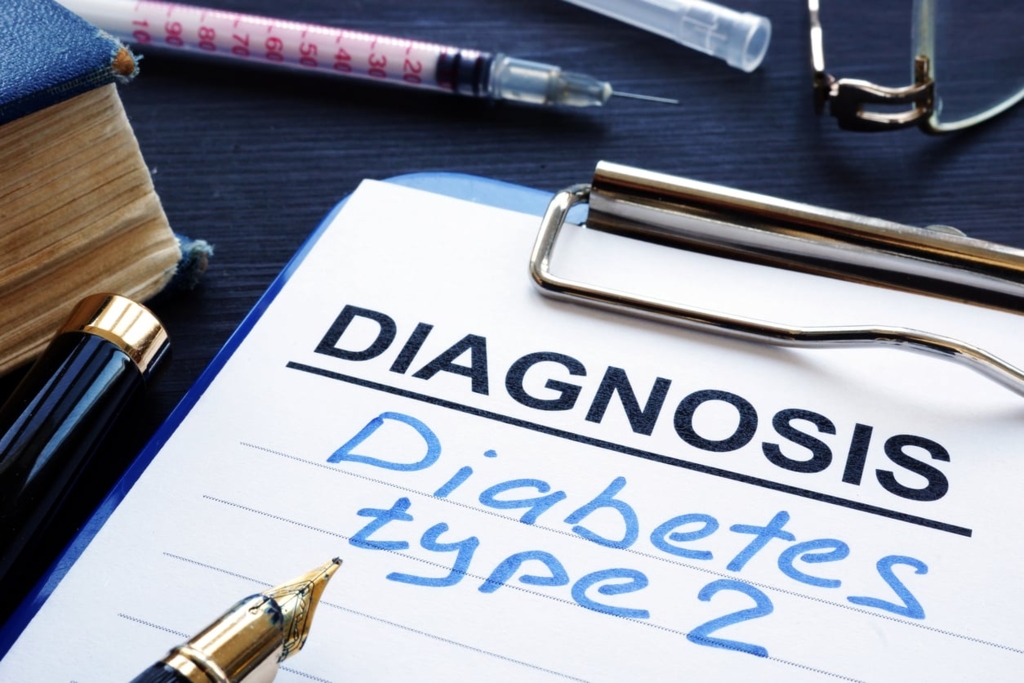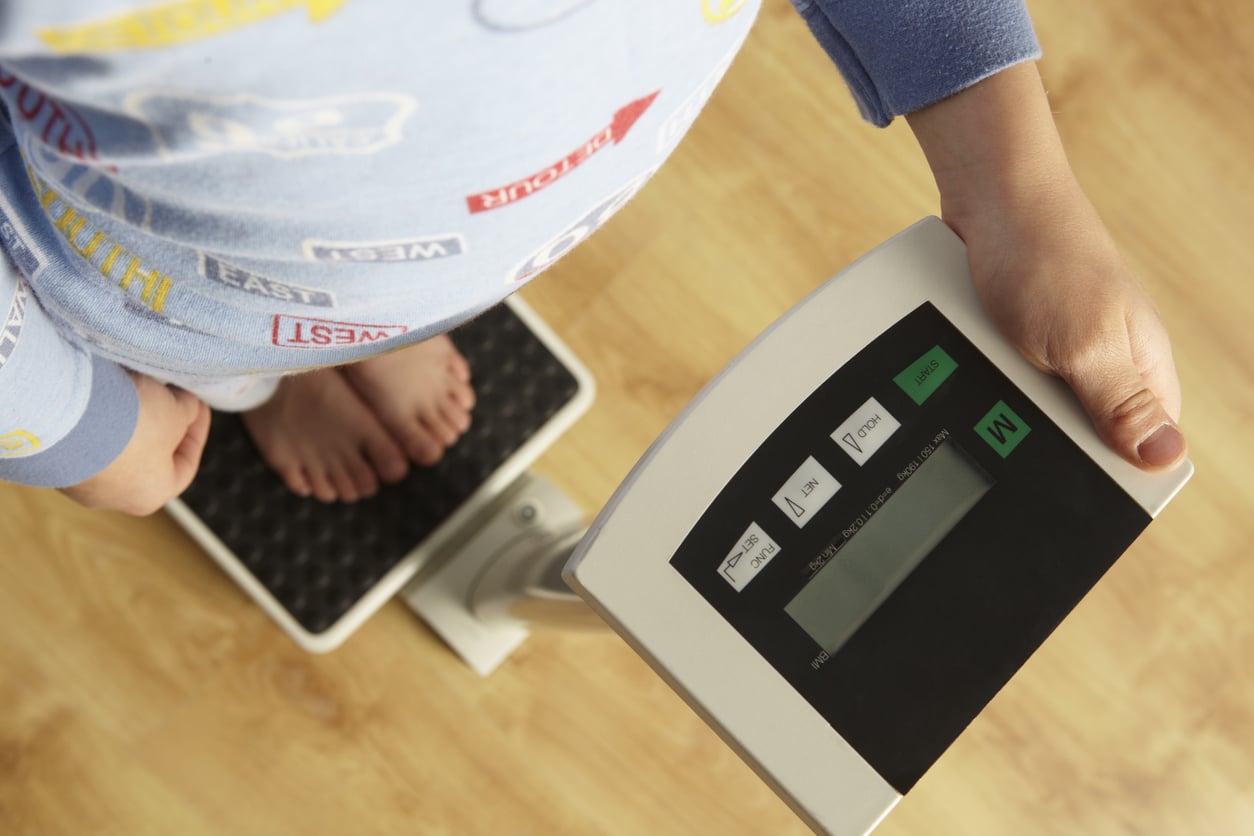Symptoms and Treatments for Type 2 Diabetes

Type 2 diabetes is a chronic condition that affects the way your body processes blood sugar. Normally, your pancreas produces insulin, a hormone that helps your body store and use the sugar from the food you eat. But if you have type 2 diabetes, your body doesn’t make enough insulin or doesn’t use it effectively. This can cause the sugar to build up in your blood instead of being used for energy. Over time, this can lead to serious health problems, including heart disease, stroke, kidney disease, blindness, and amputation. The good news is that type 2 diabetes can be controlled with diet, exercise, and medication. In this blog post, we will discuss the symptoms and treatments for type 2 diabetes. Understanding the basics of this condition is important for anyone who wants to stay healthy!
What Causes Type 2 Diabetes?
Type 2 diabetes is a chronic condition that occurs when the body does not properly produce or use insulin. Insulin is a hormone that helps the body convert sugar into energy. When there is not enough insulin, or the body cannot use it effectively, sugar builds up in the bloodstream. Over time, this can damage organs, nerves, and blood vessels.
There are several factors that can increase your risk of type 2 diabetes, including:
- Obesity: Extra weight, especially around the waist, interferes with the body's ability to use insulin properly.
- Family history: If you have a parent or sibling with type 2 diabetes, you're more likely to develop the condition yourself.
- Age: Type 2 diabetes is most common in adults over 40. However, it is also becoming more common in children and adolescents due to obesity.
- Ethnicity: People of certain ethnicities are at greater risk of developing type 2 diabetes, including African Americans, Hispanics/Latinos, Asians, American Indians, and Pacific Islanders.
- Lack of physical activity: Regular exercise helps to keep your body's metabolism working properly. Without enough physical activity, you're more likely to develop type 2 diabetes.
- Poor diet: A diet high in sugar, fat, and calories can increase your risk of type two diabetes.
Signs and Symptoms of Type 2 Diabetes
People with type 2 diabetes have insulin resistance, which means the body can't use insulin properly. Insulin is a hormone that helps glucose get into your cells to give them energy. When you have insulin resistance, too much glucose stays in your blood. Over time, too much glucose in the blood can damage nerves and blood vessels. Signs and symptoms of type 2 diabetes often develop over several years. They may be subtle at first and get worse as time goes on—especially if your blood sugar isn't well controlled. Also, because type 2 diabetes develops more slowly, some people with prediabetes (higher than normal blood sugar) may not realize they have it for years. That's why it's important to take action to control your blood sugar even if you don't have signs or symptoms of the disease. If you do have type 2 diabetes, work with your health care team to manage it so you feel your best. Common signs and symptoms include: increased thirst, frequent urination, fatigue, blurred vision, weight loss (despite an increase in appetite), slow healing of cuts/bruises, frequent infections such as gum or skin infections and vaginal yeast infections in women. If you have any of these symptoms, it's important to see your doctor right away so you can be diagnosed and treated.
How Type 2 Diabetes is Treated
Treating Type 2 diabetes typically involves a combination of lifestyle changes and medication. Making healthy choices such as eating a balanced diet and getting regular exercise can help to keep blood sugar levels under control. For many people, this is enough to manage the condition. However, some people also need medication to help regulate blood sugar levels. The most common type of medication used to treat Type 2 diabetes is called metformin. Metformin helps the body to better use the insulin it produces. It is typically taken in pill form, although it can also be given as an injection. In some cases, other medications may also be prescribed in addition to or instead of metformin. The decision about which treatment approach is best for each individual is made by a healthcare professional based on a variety of factors.
Type two diabetes is a serious condition that can lead to a variety of health complications. However, it is possible to manage the condition by making lifestyle changes and, in some cases, taking medication. If you think you may have type two diabetes, it's important to see your doctor so they can diagnose and treat the condition. With proper management, it is possible to live a healthy and enjoyable life.



